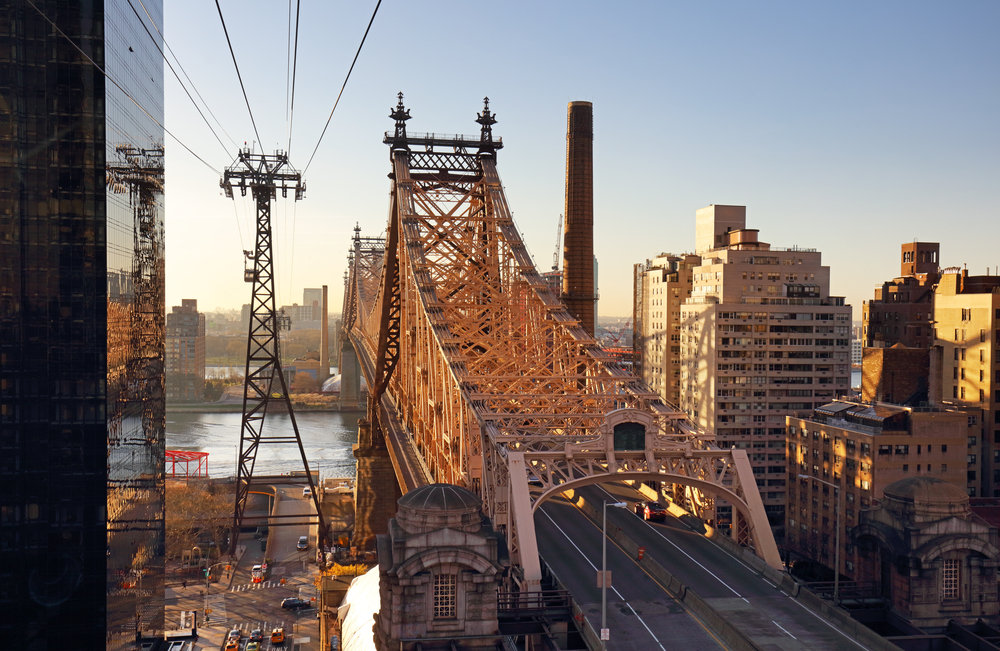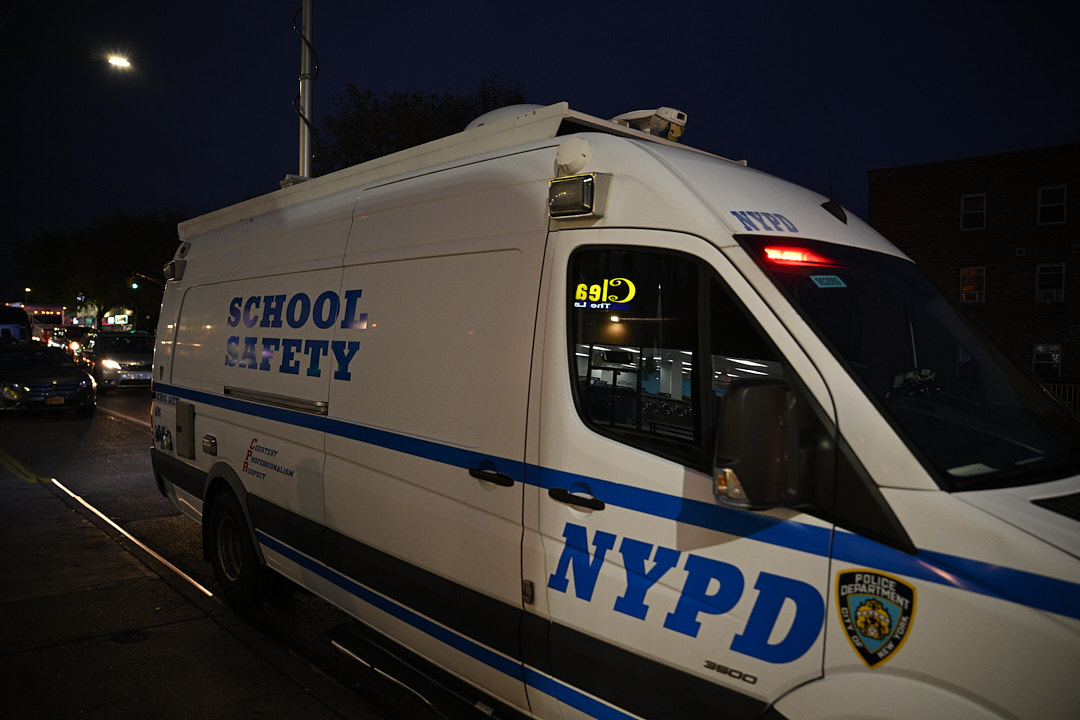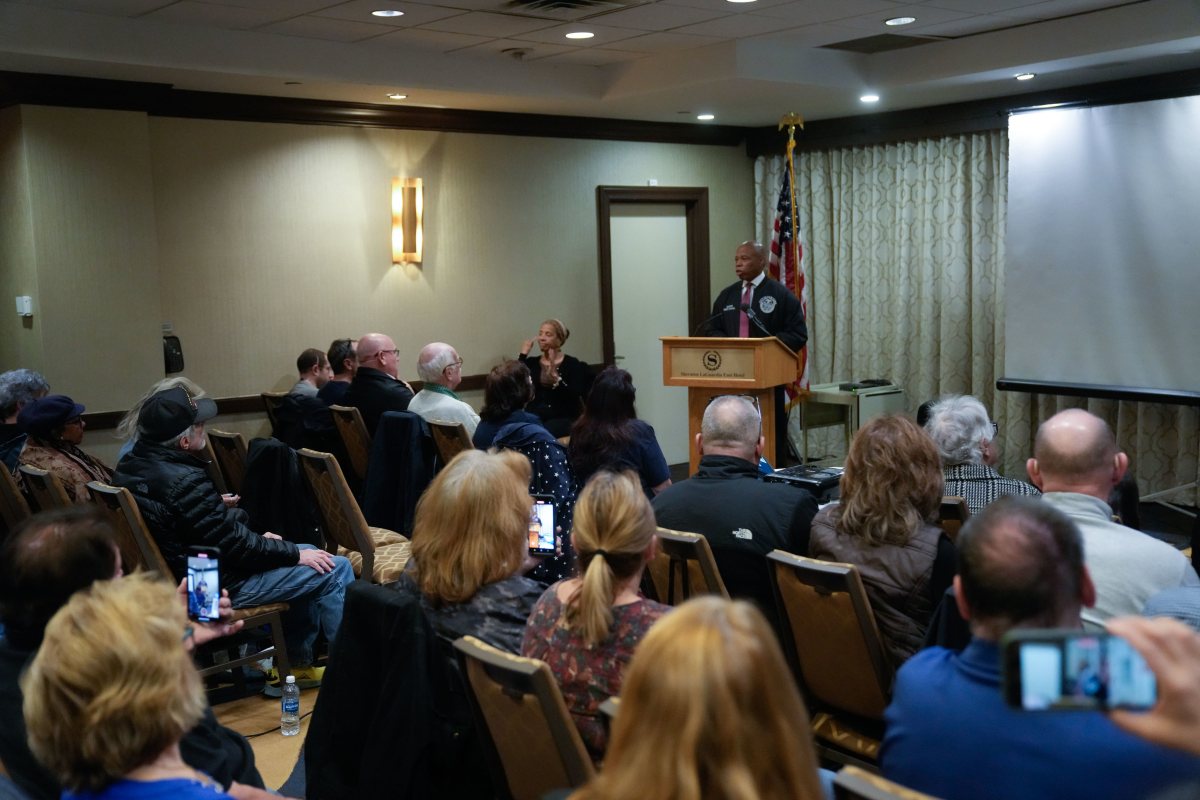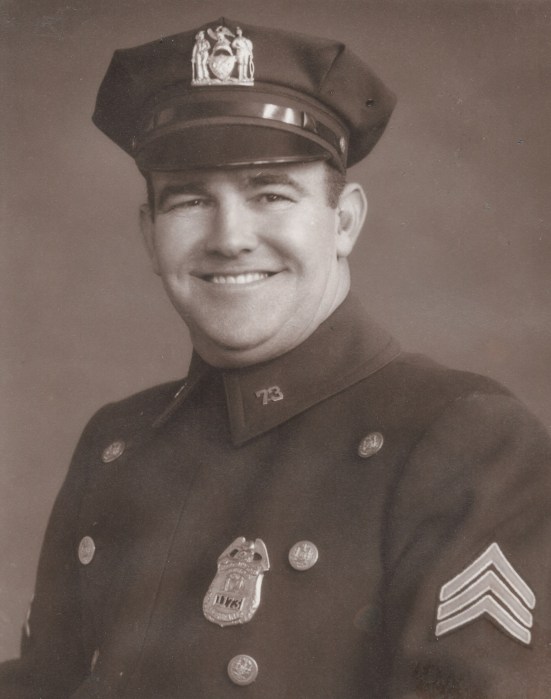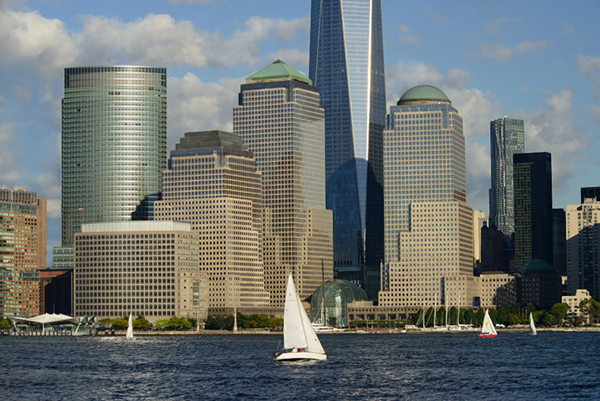
The developer of the Brookfield Place luxury shopping and office complex plans to sell off up to a 49-percent stake for $2.45 billion in what would be one of the biggest real estate transactions in Downtown’s history.
BY DENNIS LYNCH
Brookfield Properties plans to sell off as much as a 49-percent stake in its eight-million-square-foot Brookfield Place luxury shopping and office complex for $2.45 billion in what would be one of the biggest real estate transactions in Downtown’s history.
But the massive sale, first reported by the New York Post, doesn’t mean that Brookfield is cashing out and heading off to greener pastures — rather it’s likely a move to cash in on Downtown’s potent future as Manhattan’s fastest growing residential and tourist destination, according to local real estate experts.
“What the Financial District lacked in the past was retail and restaurants, and within the next year it’s going to be one of the top retail destinations in the country, and a dining destination in its own right, and that’s really exciting stuff. That’s what they’re selling to potential investors,” said Fidi maven Luis Vazquez of Keller Williams Real Estate.
This move appears to have been in Brookfield’s plans all along. In 2011, the global real estate developer sunk $250 million to overhaul and rebrand the former World Financial Center to attract a more diverse set of tenants, such as tech and media companies, to its office towers and luxury retailers to its shopping center. And in 2014, Brookfield Properties CEO Ric Clark said his company would look to “bring in a partner” once it leased most or all of the complex, according to Bloomberg.
It’s not exactly a tough sell. The buyer would get a non-controlling stake in a complex of five office towers with marquee tenants such as Time, Inc., sitting atop 300,000 square feet of high-end retail including such brands as Burberry, Gucci, and, most recently, Saks Fifth Avenue as well as the posh French food market Le District.
And ongoing developments in the area point to lots of upside.
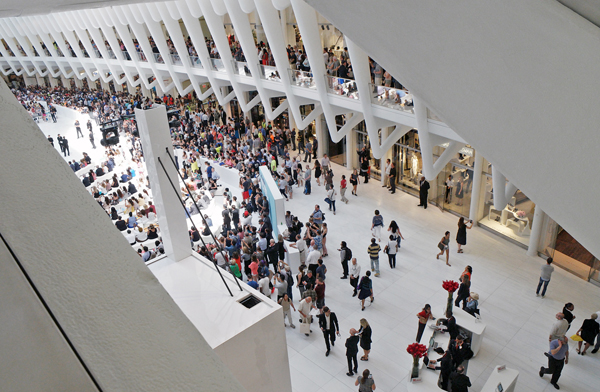
The owners of Brookfield Place say the recent opening of Westfield’s nearby mall under the iconic Oculus has actually boosted foot traffic at their luxury shopping center on the other side of West St.
Brookfield expects crowds to continue to grow now that the grand Westfield World Trade Center mall has opened at the nearby Oculus, and the Metropolitan Transportation Authority has completed the concourse connecting it to the Fulton Center mall.
“Awareness is up and foot traffic at Brookfield Place has sharply increased” since the Westfield WTC project opened, said Brookfield’s senior vice president of retail leasing Michael Goldban.
Along with the busloads of tourists pouring into the neighborhood to shop and to visit the National September 11 Memorial and Museum, the shopping centers also attract the thousands of people who have moved into the neighborhood over the last two decades. The residential population in Community District 1 — encompassing the Financial District, Battery Park City, and Tribeca — has soared from just over 25,000 in 1990 to over 60,000 in 2010. Community Board 1 estimates the current population in the district to be around 69,500 based on the addition of rental units since then, and projects a seven-percent growth to just under 74,000 in 2017.
The population of free-spending young professionals in particular has surged. There are more than 30,000 living in lower Manhattan, according to the Downtown Alliance, and their wallets are ripe to be tapped by local retailers. These young professionals spend more than $350 million each year on dining and entertainment, but options Downtown appear to be lagging somewhat behind their needs, leading this coveted cohort to spend half of that money outside the neighborhood, according to a recent study by the business improvement district.
More shops, restaurants and venues that cater to Downtown’s booming young professionals would keep more of their money in the neighborhood. Some of those are in the works, such as the Ron Perelman Center for Performing Arts at The World Trade Center and the upcoming Pier 17 complex at the revamped Seaport, set to open in 2020 and 2017, respectively. It will take both large-scale prestige projects and attractive street-level investments to keep young people in the neighborhood, said Downtown Alliance President Jessica Lappin.
Young folks want bars and restaurants where they can feel “comfortable and casual” and enjoy hopping from place to place — dinner here, drinks down the street. Such confluences are coming together organically around the neighborhood, Lappin said, and recalled recently witnessing the vibrant scene at one such “pocket” near Rector and Washington Sts.
“Here’s a little local strip that was somewhat forlorn not too long ago, and some would say that’s a little thing, but I don’t think that’s a little thing,” Lappin said. “If you open a place that people want to hang out [at] and have a beer with friends, or a restaurant that people love to come to, those are things that are coming to the neighborhood that are changing positively, and that’s happening in pockets everywhere.”
On the other side of the island from Brookfield Place, the Howard Hughes Corp. is intent on catering both to new residents near its re-imagined South Street Seaport and to visitors from outside the neighborhood. Seaport senior general manager Philip St. Pierre said Howard Hughes wants to create “something very New York,” so the developer has brought in successful New York restaurateurs such as Jean-Georges Vongerichten and Momofuku’s David Chang, and independent bookstore McNally Jackson.
The Seaport’s crowning jewel — the 300,000-square-foot retail, entertainment, and dining complex at Pier 17 — will feature a 40,000-square-foot fresh food market that St. Pierre expects will appeal to local foodies eager for a gourmet marketplace on the other side of Downtown from Le District and the newly opened Eataly branch at the WTC complex.
St. Pierre said Howard Hughes is betting big on the Seaport. The company has put its money where its mouth is, and pumped millions of its own money into construction instead of seeking loans or outside investors.
“We’re very bullish on the Seaport. We think its best days are ahead of it and you can see it in the investments and the building that’s happening all around us, in the people that are moving here and experiencing Lower Manhattan and the Seaport,” St. Pierre said. “They’ve known it’s here, but they’re coming down to make it their home, and finding that it’s got some of the best to offer in New York.”
Even someone who has spent years elbow-deep in remaking the neighborhood can be struck by how rapidly the area has transformed.
“I remember when I came down here as recent as 2013 and you’d walk around at 6:30 at night and it was hard to find a place to eat,” St. Pierre said. “That’s changed dramatically.”
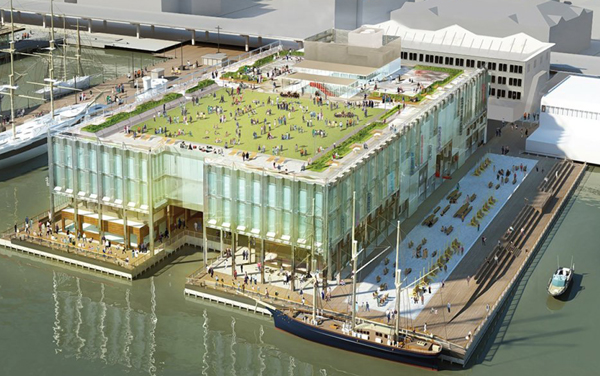
The South Street Seaport’s revamped Pier 17, set to open next year with an array of retail and fine dining, will be a further draw to Downtown.





